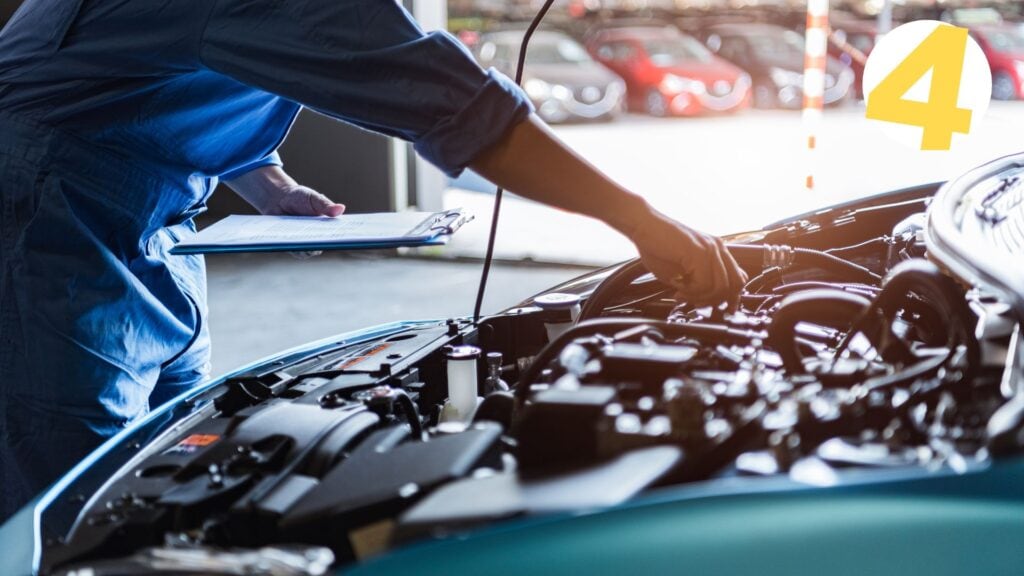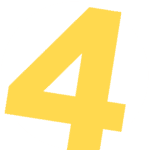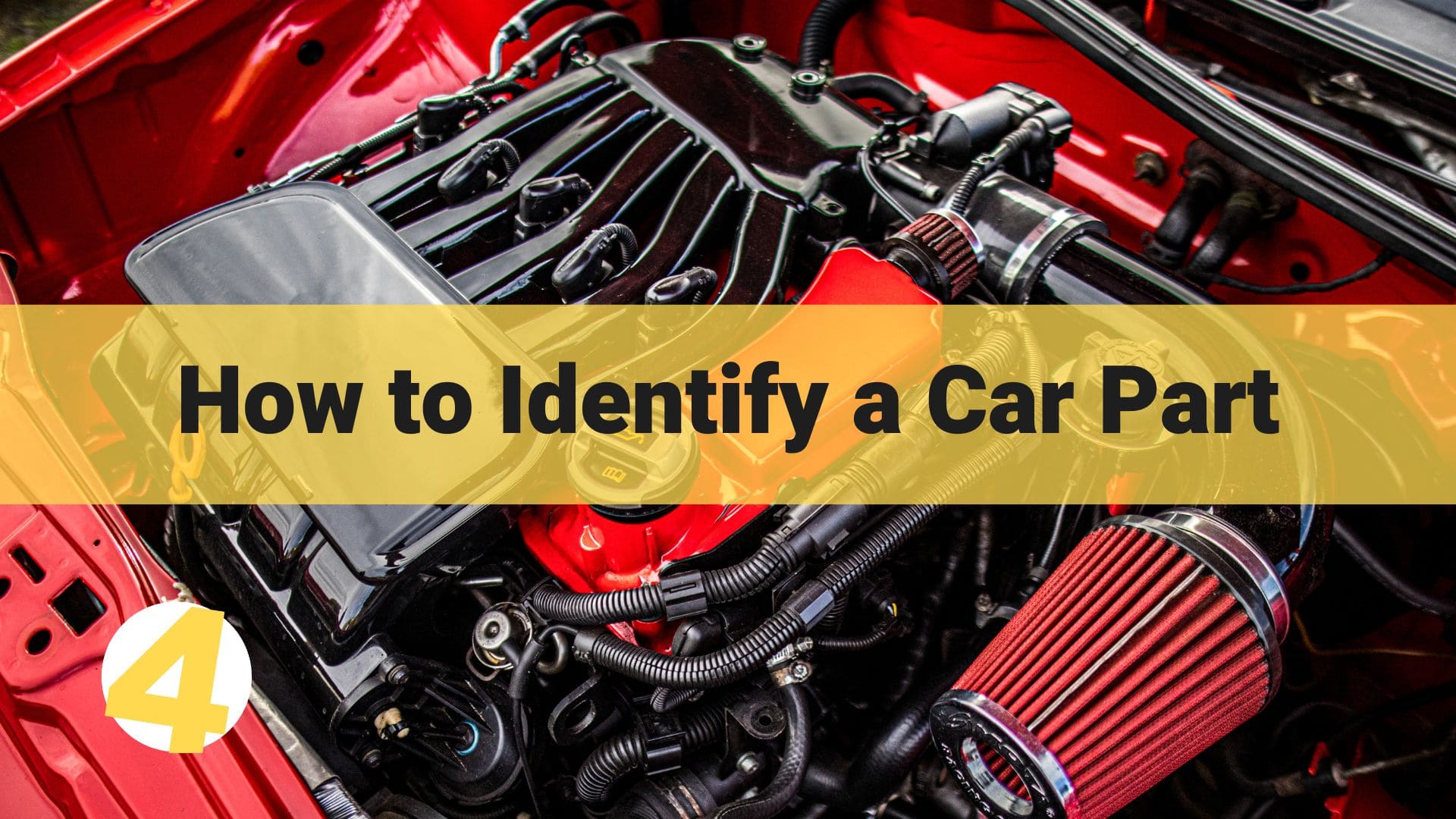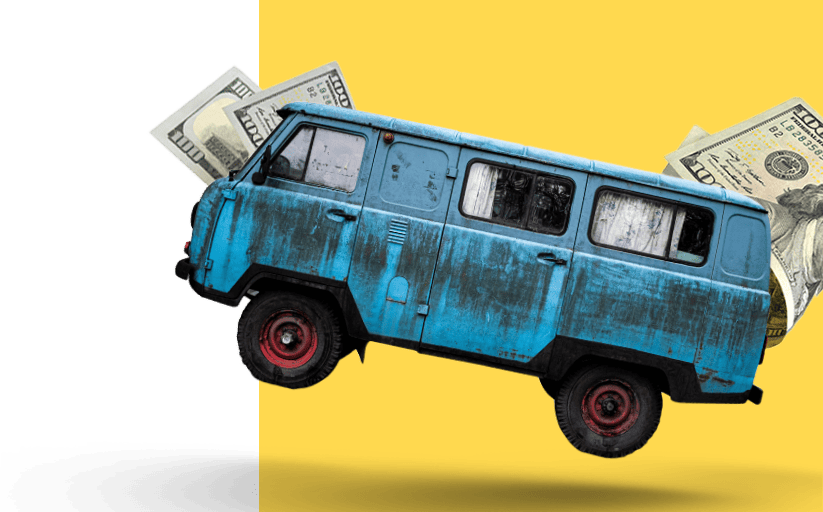To identify a car part, first determine the make, model, and year of your vehicle. Use online databases, mobile apps, or consult manuals for specific part numbers and compatibility.
For more detailed insights on how to identify a car part, read on.
Identifying Car Parts Based on Make and Model
To accurately identify car parts, you must know the vehicle’s make, model, and year. The make refers to the manufacturer (e.g., Toyota, Ford), while the model is the specific name or type of the vehicle (e.g., Camry, Mustang).
The year of the vehicle is also crucial, as car models can undergo changes in design and parts over different model years. Once you have this information, you can use various tools like online inventory modules or smartphone apps to provide detailed information about each part, including pictures, availability, and location. These tools often allow you to scan the Vehicle Identification Number (VIN) for a more accurate and easy search.
Understanding Car Part Variations
Learning the car parts’ types and their specificities is key for accurate identification and selection. There are primarily two types of car parts: Original Equipment Manufacturer (OEM) and aftermarket parts.
OEM parts are made by the vehicle’s manufacturer and are identical to the parts used in the vehicle when it was first built. They offer guaranteed compatibility and tend to be more reliable and longer-lasting but come at a higher cost and may have limited availability.
On the other hand, aftermarket parts are made by different manufacturers and are generally more affordable. They offer a wider variety of options but may vary in quality and often come with limited or no warranties. The choice between OEM and aftermarket parts depends on your priorities and budget.
Significance of Car Part Numbers and Codes
Car part numbers and codes are crucial in identifying the exact part needed for a specific vehicle. Each part has a unique number that is usually engraved or molded into it. These numbers ensure compatibility with specific models and years, as even slight modifications can make parts suitable only for certain vehicles.
The Vehicle Identification Number (VIN) is also a critical tool in this process, as it stores essential information about the vehicle, including engine size, transmission type, and other model-specific details. When examining a part for identification, it’s important to look for these numbers, even if they are small or obscured, to ensure you’re selecting the right component for your car.
Utilizing Technology and Resources
When it comes to identifying car parts, technology and various resources can significantly streamline the process.
Here’s an overview of how online databases, mobile applications, and consulting manuals and guides can be beneficial:
Online Databases and Catalogs
Online databases and catalogs are invaluable resources for identifying car parts. Websites like RockAuto offer extensive part search databases. These platforms usually provide detailed catalogs where you can search for parts based on the make, model, and year of your vehicle.
They often feature diagrams and pictures to help you visually identify the correct parts. The advantage of using these online tools is their extensive database and ease of access, which allows you to quickly find specific parts from a wide range of manufacturers and models.
Mobile Applications for Part Identification
Mobile applications offer a convenient way to identify car parts right from your smartphone. There are several apps available for both Android and iOS that can help you find and purchase auto parts.
Apps like AUTODOC, NAPA AUTO PARTS, and Car-Part.com Used Auto Parts provide a platform to search for various car parts, compare prices, and even order them with delivery options. These apps can be particularly useful when you need to find parts on the go or want to compare prices from different suppliers.
Consulting Manuals and Guides
Consulting manuals and guides is a traditional but effective method for identifying car parts. These manuals typically provide detailed information about different vehicle models, including diagrams and specifications of various parts. They can be particularly useful for understanding complex systems and for troubleshooting specific issues.
Auto car repair shops, libraries, and online stores are good places to look for these manuals. They are essential tools for anyone seeking in-depth knowledge about their vehicle’s components and how they work.

How to Identify a Car Part – When to Seek a Pro’s Help
Seeking professional help is advisable in situations where identifying a car part involves complex systems like the electrical or transmission system, where a misstep could lead to significant damage or safety issues. Also, if you’re unsure about a part’s compatibility or facing a persistent issue that DIY efforts haven’t resolved, it’s time to consult a professional.
Mechanics and automotive experts have a deep understanding of various vehicle systems and use their expertise and technical knowledge to diagnose and repair vehicles. This includes using diagnostic tools to troubleshoot problems and conducting regular maintenance services.
Consulting with professionals offers several advantages:
- It ensures accurate diagnosis and repair.
- Mechanics’ expertise allows them to identify issues more precisely and perform necessary repairs efficiently.
- Regular maintenance by professionals can extend the lifespan of a vehicle.
- Their ability to provide clear communication about repair needs and costs is also crucial in making informed decisions regarding vehicle maintenance.

Impact of Correct Part Identification on Car Value
Correctly identifying car parts significantly impacts a vehicle’s value when selling. Whether selling a car as a whole or in parts, knowing the specifics, like the year, make, and model, ensures a fair price.
For junk cars or ones needing significant repairs, selling for parts can be more profitable. Researching used part prices online for your car’s specific model helps set realistic prices. Detailed listings and clean parts enhance value. Know your car’s worth, present it well, and you’ll find the right buyer at the right price.
Legal and Safety Considerations
Selling a car involves legal and safety considerations. Private sellers often sell ‘as-is,’ meaning no promises about the car’s condition. However, explicit promises about the car’s identity, quality, or performance can create legal obligations.
Vehicle inspections, while not mandatory, help ensure a trouble-free sale and demonstrate the car’s road-readiness. Pricing should be reasonable and reflect the car’s condition. Advertising must accurately represent the car’s state, and the concept of ‘no returns’ should be clear.
Frequently Asked Questions (FAQ)
Do All Car Parts Have Part Numbers?
Yes, all car parts typically have a part number. These part numbers are unique identifiers assigned by manufacturers and can be found on the auto part itself, its packaging, or accompanying documentation.
The part number may be on a sticker, molded into the part, or engraved. It’s important to note that part numbers can vary between different makes, models, and manufacturers.
How Do I Know What Parts Fit My Car?
To determine which parts fit your car, you can use several methods:
- Part Number: Check the part number on your car’s component. You can also search online using the part name, car model, and production year to find the part number.
- Third-Party Websites: Websites like car-part.com and RockAuto allow you to enter basic car information to find compatible parts.
- Engine Code: For engine parts, use your car’s engine code found on Wikipedia pages dedicated to your car model.
- OEM Part Websites: Official websites of car manufacturers often list all parts with their numbers, compatible models, and other details.
- Local Auto Parts Stores: These stores have access to catalogs from various manufacturers and can help identify compatible parts using the OEM part number.
- Car Forums: Engaging with car forums can be very informative for finding out which models share the same parts, even across different manufacturers.
- VIN Number: Your Vehicle Identification Number (VIN) can be used on many OEM and aftermarket websites, as well as in auto shops, to find compatible parts.

Turning Junk Cars into Cash with Cash4Cars
Struggling with cars that have irreplaceable or overly expensive parts? It’s time to consider the benefits of letting them go. In Philadelphia and surrounding areas, Cash4Cars is your go-to choice. We offer efficiency, reward, and hassle-free solutions for selling your junk car for cash.
No matter your vehicle’s make, model, or condition, our service is streamlined to ensure the utmost convenience. We include free pickup. We always aim to provide competitive cash offers for your junk vehicles. Our experienced team prioritizes swift, convenient service to ensure you get the best value with minimum effort.
With Cash4Cars, selling your old, damaged, or non-functional car is a breeze, backed by our commitment to top-notch customer service. Call us now for a quick and free quote.









